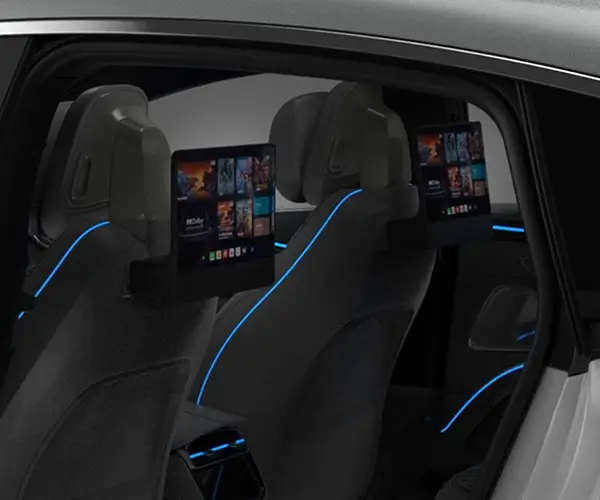Imagine you're tinkering with a project, maybe a small robotic arm or a clever automated device. The thrill of coding your own control system without relying heavily on libraries? That’s where a simple yet effective approach shines. Talking about controlling a servo motor with Arduino—without the crutch of preloaded libraries—is like cooking a gourmet dish from scratch, no shortcuts.

What’s the appeal here? Well, first, you get a real feel for the hardware. No abstraction layers—just pure, direct control. This means better understanding exactly what’s happening under the hood. When you manually write the code to send signals to a servo, you're tuning into the pulse-width modulation (PWM) signals at a fundamental level. It’s like getting to know each note in a song instead of just playing the melody.
Here's how it plays out: instead of importing a library such as Servo.h, you write your own functions to generate the necessary PWM signals. You set digital pins high or low in precise durations, which your servo interprets as different positions. Simple, elegant, and liberating. You control the duration of high pulses — usually from about 1 millisecond to 2 milliseconds — and this range translates directly into the servo’s angle.
And why wouldn’t you try this? Some say it’s about learning more deeply. Others want to optimize performance and minimize memory use—libraries can sometimes bloat code, especially in tight environments. Doing it from scratch also means you’re not limited by default settings, giving you total control for customizing your project.
Now, how does this work practically? Jump into coding by writing a function like this: set the pin high, wait a specific number of microseconds, set it low, wait a bit longer, then repeat. It sounds simple, but the timing is precise — every microsecond counts. When the control loop runs efficiently, it feels like conducting an orchestra directly, instead of just watching a conductor do it for you.
You might wonder, "Is it complicated?" Honestly, once you get the rhythm, it’s quite straightforward. And, what's more satisfying? Seeing the servo move exactly where you want—no libraries, no fuss. You just crank the code, test, tweak for milliseconds; soon enough, that servo obeys your command with uncanny precision.
Plus, this approach opens doors to deeper integration. No external library dependencies mean your code stays lean. When you tell someone that you built a servo controller from ground up, they nod appreciatively. It’s about mastery. It’s about knowing your tools intimately. And it’s about creating reliable control systems without unnecessary fluff.
So, whether you’re developing a hobby project or building something more serious, mastering servo control without a library can serve as a stepping stone. It’s not about reinventing the wheel—it's about understanding it better. If you’re craving an authentic, hands-on experience with Arduino and servo motors, this method gives you exactly that. Plus, it leaves room for curiosity—what if you want to add sensors or implement feedback loops? Doing things manually teaches you fundamentals that packaged solutions can’t reveal.
Next time someone asks, “How can I control a servo without relying on all those libraries?” you'll have the whole picture. You’ll have the confidence that comes from actually building the control from the ground up—making your projects smarter and more personalized. That’s where real magic begins: in the details, in the hands-on control, and in the satisfaction of coding the right way, your way.
Established in 2005, Kpower has been dedicated to a professional compact motion unit manufacturer, headquartered in Dongguan, Guangdong Province, China. Leveraging innovations in modular drive technology, Kpower integrates high-performance motors, precision reducers, and multi-protocol control systems to provide efficient and customized smart drive system solutions. Kpower has delivered professional drive system solutions to over 500 enterprise clients globally with products covering various fields such as Smart Home Systems, Automatic Electronics, Robotics, Precision Agriculture, Drones, and Industrial Automation.




































